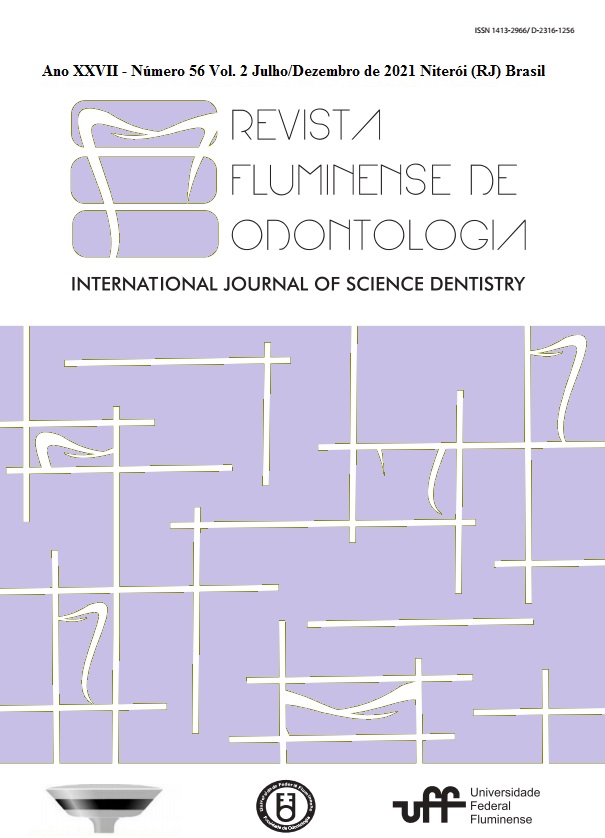OCCLUSAL SPLINTS: TYPES, MATERIALS AND PROPERTIES - A LITERATURE REVIEW
DOI:
https://doi.org/10.22409/ijosd.v0i0.44300Resumo
ABSTRACT
Temporomandibular Disorder (TMD) is considered the major cause of non-dental pain in the orofacial region and the most crucial symptom for which patients seek medical attention, negatively affecting quality of life. The plates have gained prominence as a treatment for TMD but the success or failure of the occlusal plates will depend on their correct selection and indication, materials for making and adjusting, in addition to the cooperation of the patient. The purpose of this study is to highlight the most used types of occlusal plaques, their advantages, disadvantages, indications and contraindications, in addition to identifying and analyzing the materials currently used in their manufacture. A literature review was conducted with searches on articles from the electronic databases PubMed, Virtual Health Library (BVS) and Google Scholar with the descriptors: disfunção, placa occlusal, tratamento, dysfunction, plate, occlusal and treatment. We also use bibliographic information from Okeson (2013). From the data collected in this literature review, it can be concluded that the occlusal plaque is considered a conservative and reversible method and has stood out for its low cost and high success rate. This study demonstrated that the most advantageous material for the manufacture of the plates was the photopolymerizable resin. However, the dentist must be attentive to a correct diagnosis, selection and indication, preparation and adjustment materials, in addition to the patient's cooperation in order to provide the appropriate treatment.


